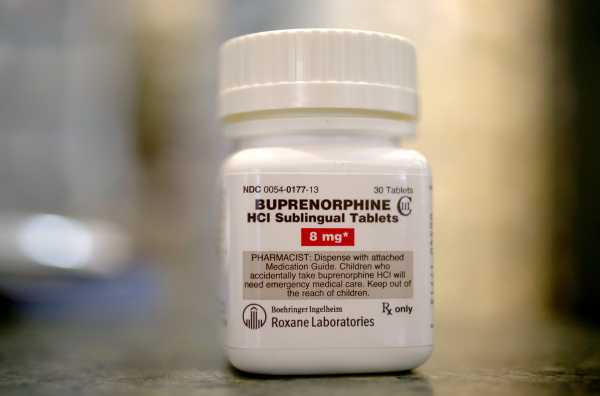
The biggest decision for opioid epidemic in America, for anybody not a secret: a significant expansion of proven programs for the treatment of drug addiction. Not only is there research backing up the approach, but also a historical precedent.
More than in the Atlantic, Olga Khazan has provided a brief overview of what happened when France responded to its own heroin epidemic in the 1980s and ‘ 90s, massively expanding access to anti-addiction drug buprenorphine reduces withdrawal symptoms and cravings to people with opioid dependence.
The results are quite convincing (emphasis mine):
As chazan has noted that France also launched a program of syringe exchange and other policies at that time probably contributed to this decline. And unlike US, France has a public health system that allows you to easily get to the doctor, offering such services on.
But the results more or less coincide with what you expect to see a huge expansion of buprenorphine. Studies show that buprenorphine and other anti-addiction medications such as it is, such as methadone, to reduce mortality among patients with opioid dependence by half or more. That’s why experts believe that medications are the gold standard of treatment for opioid dependence.
However, these drugs as addiction treatment in General, is still very difficult to get into the United States. By 2016 a report of the surgeon, only 10 percent of people in the USA with a drug use disorder receive specialty treatment which the authors of the report explain the lack of access to medical care. And even when treatment is available, other Federal data show that less than half of treatment facilities offer opioid drugs of addiction.
That is why experts argue that America can do much more to expand access to these medicines. For example, the Federal government currently makes doctors receive specific training to obtain a waiver to prescribe buprenorphine, and hats, how many patients the doctor may prescribe medications to. Congress is now considering tearing down some of these barriers, but they represent serious obstacles for physicians for many years.
There are other obstacles, particularly related to cost. Very often, the insurance company, including plans in public health, try not to pay for addiction treatment. Providers also can not accept, even if he pays for treatment. In respect of supply of medical institutions, the Congress only made a few billion dollars here and there to the opioid epidemic for many years — this is not the tens of billions that many experts say the need.
Some adverse results related stigma. Even among patients who would benefit from buprenorphine, there was a widespread view that it is the replacement of one opioid to another, since the buprenorphine is an opioid. This view was confirmed last year, then-health and human services, USA Tom price, who said: “If we are just replacing one opioid for another, we’re not moving so much to gain. People need to be cured, so that they can be productive members of society and realize their dreams.” (A spokesman for the price went back later in the statement, saying that the price supports all types of drug addiction treatment.)
Understand how addiction works. The problem with drug addiction do not have to use drugs. Most Americans, in the end, use all kinds of drugs — caffeine, alcohol, drugs — with a few problems. The problem is, when that drug use starts to hurt someone day in and day functions, say, putting his health at risk or leading him to steal or commit other crimes to get heroin. Buprenorphine allows people with addiction to get a handle on drug use, without such negative results, effectively stabilizing the dangers of drug abuse, even if it needs to be taken indefinitely.
Buprenorphine and other anti-addiction drugs are not the only solution to the opioid crisis. Experts and activists also called for efforts to reduce harm (both to expand access to the opioid overdose antidote naloxone) and reducing opioid pain medication (saving medicines to patients who really need them).
But anti-addiction drugs are often a large part of the proposals of the experts — both in history, at least in France, shows that the expansion of access to their works.
Additional solutions to the opioid epidemic, read VOX’s explainer.
Sourse: vox.com






